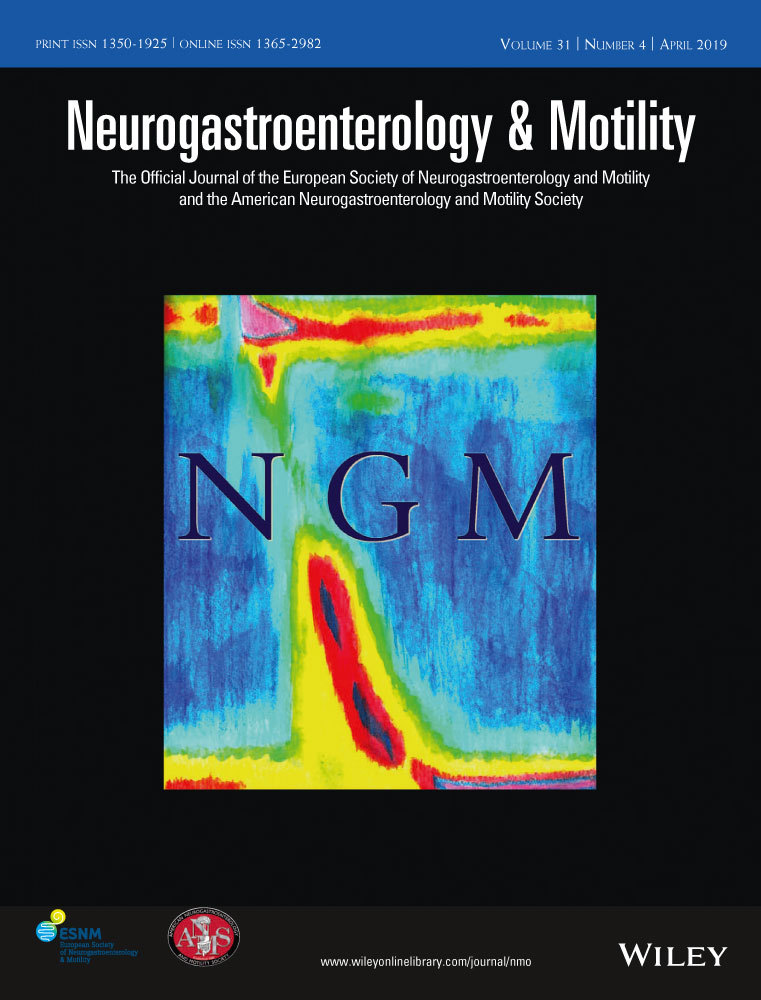QX-314 inhibits acid-induced activation of esophageal nociceptive C fiber neurons
Abstract
Introduction
Acid reflux in the esophagus can induce painful sensations such as heartburn and non-cardiac chest pain. These nociceptive symptoms are initiated by activation of TRPV1-positive afferent C fibers in the esophagus. The present study aimed to explore a novel C fiber inhibition approach. We hypothesized that activation of TRPV1 by acid enabled QX-314, a membrane impermeable sodium channel blocker, to inhibit acid-induced activation of esophageal nociceptive C fiber neurons.
Method
We determined the inhibitory effect of QX-314 in the presence of acid in guinea pig esophageal nociceptive vagal jugular C fiber neurons by both patch clamp recording in neuron soma and by extra-cellular recording at nerve terminals.
Key Results
Our data demonstrated QX-314 alone did not inhibit sodium currents. However, when applied along with capsaicin to activate TRPV1, QX-314 was able to block sodium currents in esophageal-specific jugular C fiber neurons. We then showed that in the presence of acid, QX-314 significantly blocked acid-evoked activation of jugular C fiber neurons. This effect was attenuated by TRPV1 antagonist AMG9810, suggesting acid-mediated inhibitory effect of QX-314 was TRPV1-dependent. Finally, we provided evidence at nerve endings that acid-evoked action potential discharges in esophageal jugular C fibers were inhibited by QX-314 when applied in the presence of acid.
Conclusion and Inferences
Our data demonstrated that activation of TRPV1 by acid enabled membrane impermeable sodium channel blocker QX-314 to inhibit acid-induced activation in esophageal nociceptive C fibers. This supports a localized application of QX-314 in the esophagus to block esophageal nociception in acid reflux disorders.
CONFLICT OF INTEREST
The authors have no competing interests.




